 A little over a year ago we reported on a research study underway into the link between avatars and body image. That research has been continuing ever since and the initial results were inconclusive. PhD student Jon-Paul Cacioli wants to delve a little deeper on a few things, so there’s a follow-up survey for any male over the age of 18 who has an avatar in a virtual world.
A little over a year ago we reported on a research study underway into the link between avatars and body image. That research has been continuing ever since and the initial results were inconclusive. PhD student Jon-Paul Cacioli wants to delve a little deeper on a few things, so there’s a follow-up survey for any male over the age of 18 who has an avatar in a virtual world.
It doesn’t matter if it’s Second Life, World of Warcraft or an OpenSim grid, you can take part. The survey itself will take 15-20 minutes to complete, but all respondents go into a draw for Amazon vouchers.


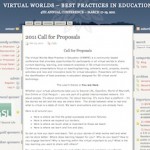




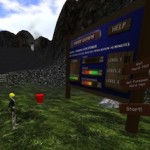


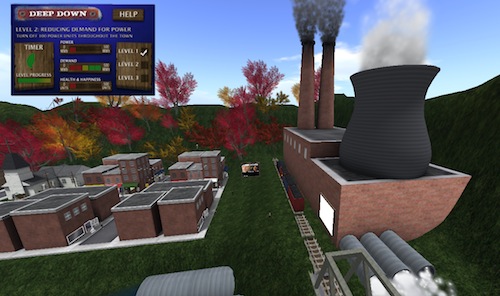

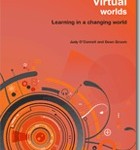
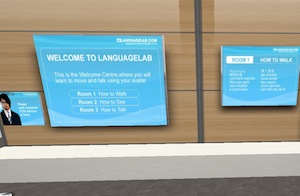
Recent Comments